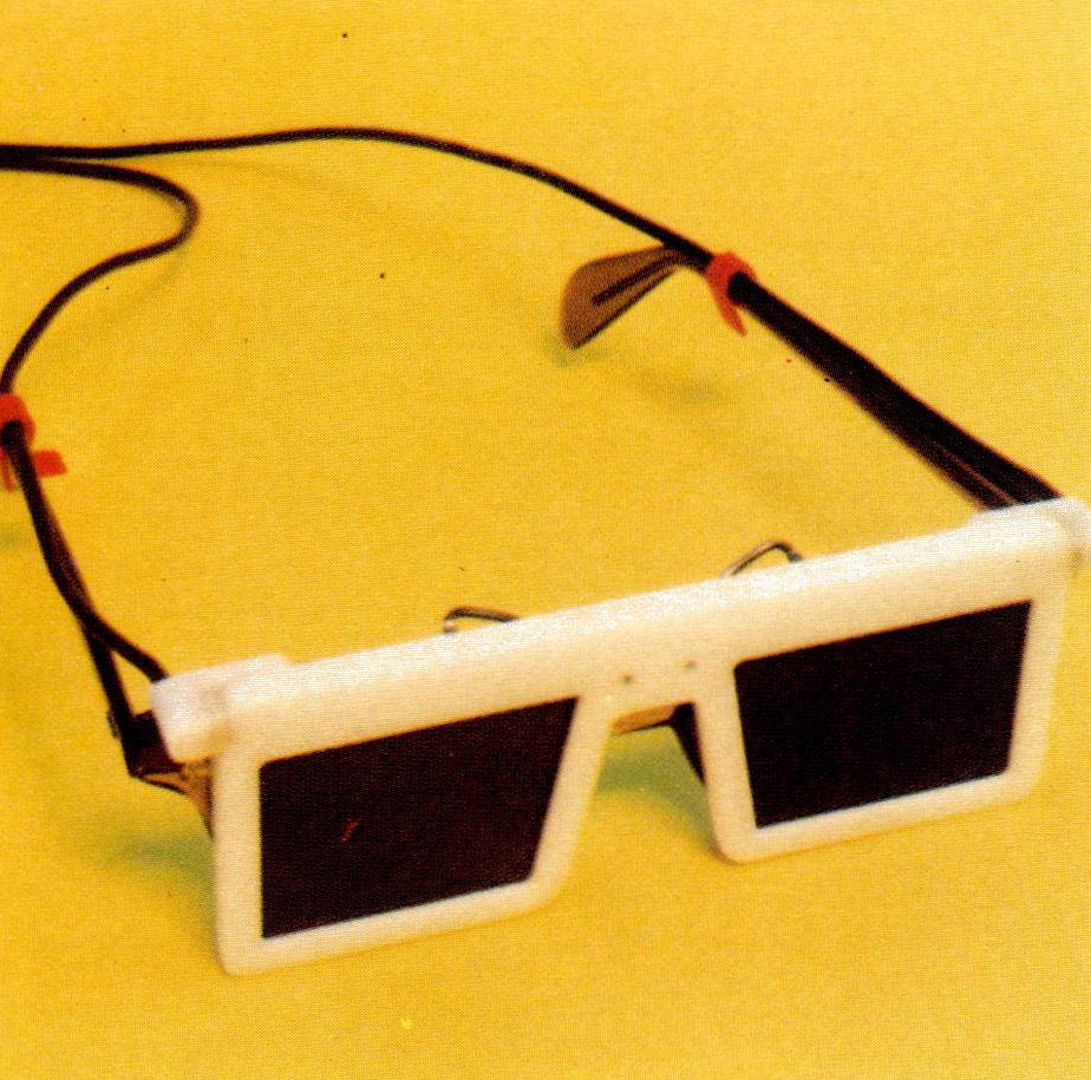“Stereoscopic computer graphics for simulation and modeling” by Roese and McCleary
Conference:
Type(s):
Title:
- Stereoscopic computer graphics for simulation and modeling
Presenter(s)/Author(s):
Abstract:
A visually effective stereoscopic CRT display technique has been developed which uses continuous tone computer graphics in combination with electro-optic shutter viewing devices. The technique involves the generation of left and right perspective views of an object model using continuous tone computer graphics. The perspective views constitute stereo pairs and are displayed in an alternating manner on the even and odd field scans of a conventional 2:1 interlace raster scan CRT display. When viewed with electro-optic shutters operated synchronously with the CRT field scan rate, the alternating perspective views are perceived as stereoscopic images with strong binocular depth-of-field sensations. Lightweight stereoscopic viewing glasses have been developed which use lead lanthanum zirconate titanate (PLZT) ceramics as electronically controlled shutter elements. Representative applications of the stereoscopic display technique to dynamic flight simulation and complex molecular modeling are presented. The flight simulation illustrates a landing sequence on an aircraft carrier while the modeling application shows complex three-dimensional structures of double helix DNA and bacterial ferredoxin molecules. The stereoscopic display technique has been shown to be highly effective for adding binocular depth-of-field to computer graphics displays with a resulting enhancement of object model realism.
References:
1. Christiansen, H., and Stephenson, M. MOVIE-BYU, A general purpose computer graphics display system. Proceedings of Symposium on Applications of Computer Methods in Engineering, University of Southern California, Los Angeles (August 1977).
2. Cutchen, J. T., Harris, J. O., Jr., and Laguna, G. R. Electro-optic devices utilizing quadratic PLZT ceramic elements. 1973 WESCON Technical Papers, 30/2 (September 1973).
3. Khalafalla, A. S., Jurisson, J., Burbank, D., and Schuck, J. Proceedings of the Society of Photo-Optical Instrumentation Engineers (30 April – 1 May 1973).
4. Land, C. E., Thacher, P. D., and Haertling, G. H. Electro-optic ceramics. Applied Solid State Science, Wolfe, R. (Ed.). Academic Press, New York (1974).
5. Porter, T. K. Spherical shading. Computer Graphics, Vol. 12, No. 3 (August 1978), 282-285.
6. Roese, J. A. and Khalafalla, A. S. Stereoscopic viewing with PLZT ceramics. Ferroelectrics, Vol. 10 (1976), 47-51.
7. Roese, J. A. and McCleary, L. E. Stereoscopic computer graphics using PLZT electro-optic ceramics. Proceedings of the Society for Information Display, 19/2 (1978), 69-73.
8. Watkins, G. S. A Real-time visible surface algorithm. Department of Computer Science, University of Utah, Technical Report UTEC-CSC-70-101 (June 1970).




